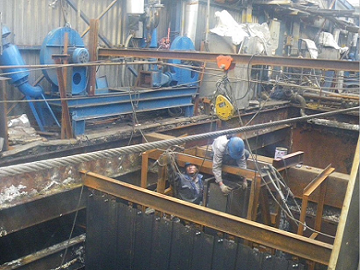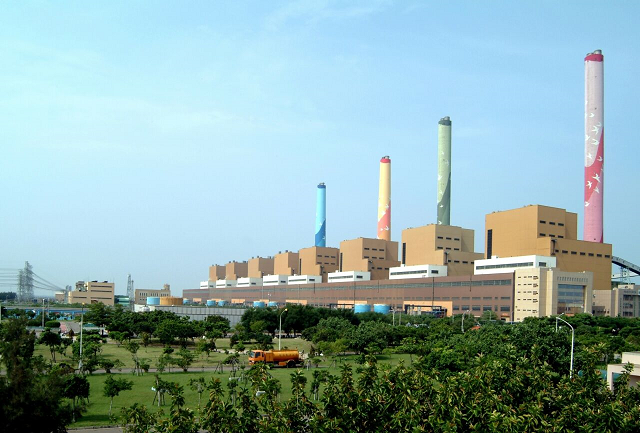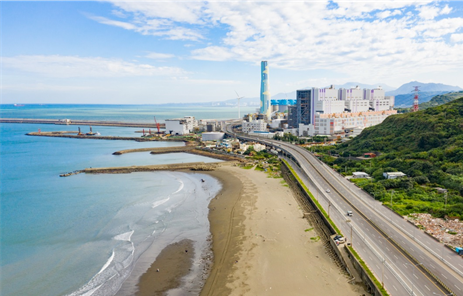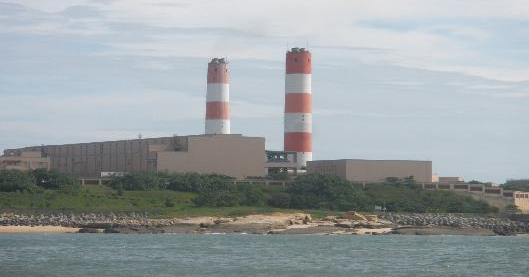- Last updated
Gas Power Plants Accounted for the Largest Proportion in 2024
TPC thermal power plants made significant progresses by executing their air quality control system retrofit project, air pollutants emission density factor (kg/GWh) has been decreasing year by year.

The Figure of 2016-2024 total air pollutants emissions of TPC thermal power plants (PDF)
- Air pollutant emissions are internal statistics. The offshore island power plants include Chienshan, Tashan, and Zhushan Thermal Power Plants.
- NOx emissions are calculated by NO2.
The Thermal Power Plants in Taiwan

The Thermal Power Plants in Taiwan. Northern power plants: Hsiehho, Linkou, Datan. Central power plants: Tunghsiao, Taichung. Southern power plants: Hsinta, Nanpu, Talin. Offshore island power plants: Zhushan, Tashan, Chienshan.
The concentrations of air pollutant emissions from all TPC thermal power plants are measured to ensure compliance with government and local environmental criteria.
The Comparison between the Air Pollutants Emission Standards and the 2024 Average Concentrations of Coal-Fired Power Plants

The Coal-Fired Power Plants (PDF)
- The red lines represent the standards.
- The standards are different from the time of establishment.
The Comparison between the Air Pollutants Emission Standard and the 2024 Average Concentration of Gas-Fired Power Plants

- The red lines represent the standards .
- "*" is for the operational testing of air pollution control equipment improvement.
The Comparison between the Air Pollutants Emission Standard and 2024 Average Concentration of Oil-Fired Power Plant
The Comparison between the Air Pollutants Emission Standard and the 2024 Average Concentration of Offshore Island Oil-Fired Power Plant

Offshore Islands Oil-Fired Power Plants (PDF)
- These are the main oil-fired power plants on the offshore islands
- The red lines represent the standards.
- The standards are different from the time of establishment and the amount of flue gas.
Principles for Setting up Ambient Air Quality Monitoring Stations
Based on the results of the air pollution emission simulation of thermal power plants in the environmental impact assessment report, Taiwan Power Company (TPC) makes plans for setting the location and number of stations of the "Air Quality Monitoring Stations" in the most environmentally impacted or sensitive areas, which are different from that the Environmental Protection Administration (EPA) does based upon population distribution, traffic, industrial areas, meteorological conditions and other factors. The monitoring data of the "Air Quality Monitoring Stations" that has been set up in TPC's thermal power plants are as follows:





 Emission from Thermal Power Plants.png?rmode=max&width=500)
 Emission from Thermal Power Plants.png?rmode=max&width=500)


 from Taichung Power Plant.png)
 from Taichung Power Plant.png)





